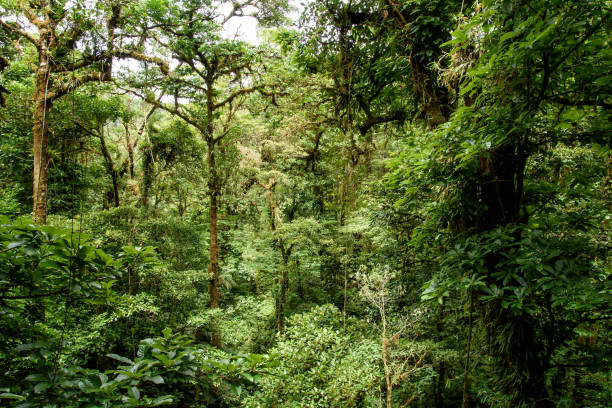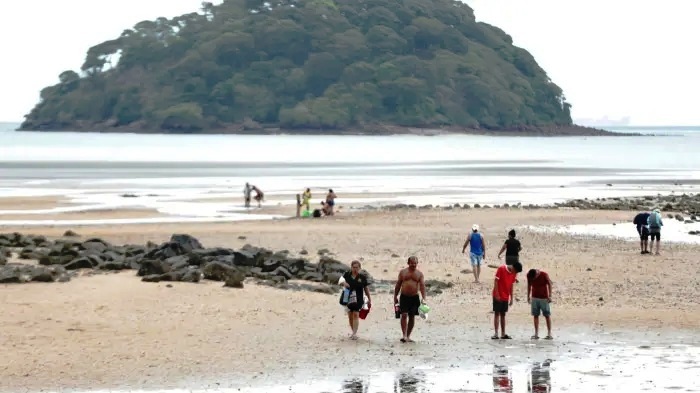Panama Canal Defense is Strengthened with a U.S. Army Panamax Alpha 2025 Military Exercise
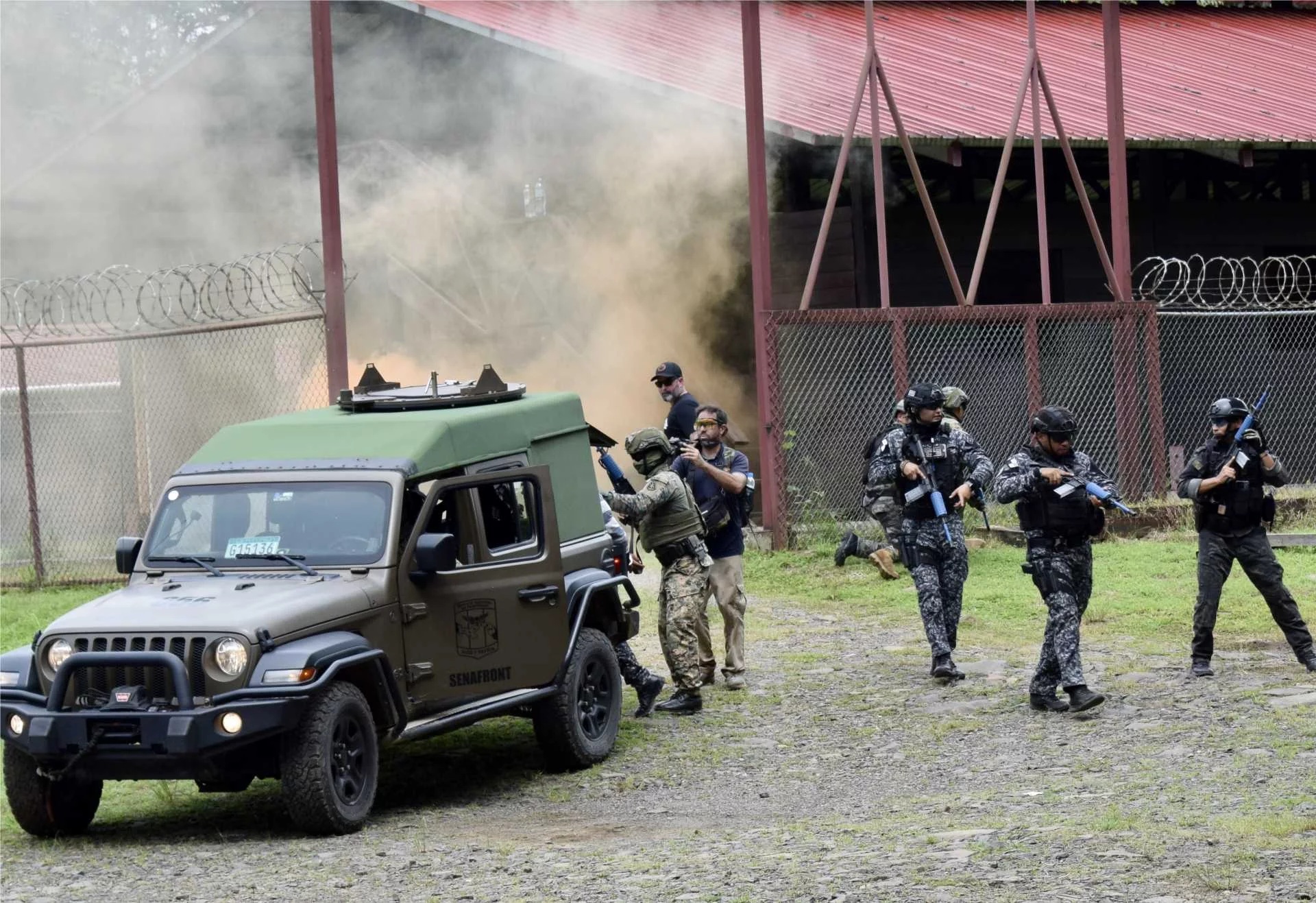
According to information published by the U.S. Department of Defense in August 2025, Phase II of PANAMAX-Alpha 2025 advanced joint U.S.–Panamanian capabilities through a multi-day integrated response simulating complex threats to the Panama Canal’s infrastructure and sovereignty. Coordinated by SOUTHCOM through Joint Task Force-Bravo, U.S. Army South, and a range of U.S. and Panamanian security forces, the exercise was built around a scalable training framework designed to enhance partner nation capacity and strengthen regional stability. The drills tested rapid deployment, secure communications, and coordinated air, land, and maritime operations, directly reinforcing the canal’s resilience against potential regional and transnational challenges.
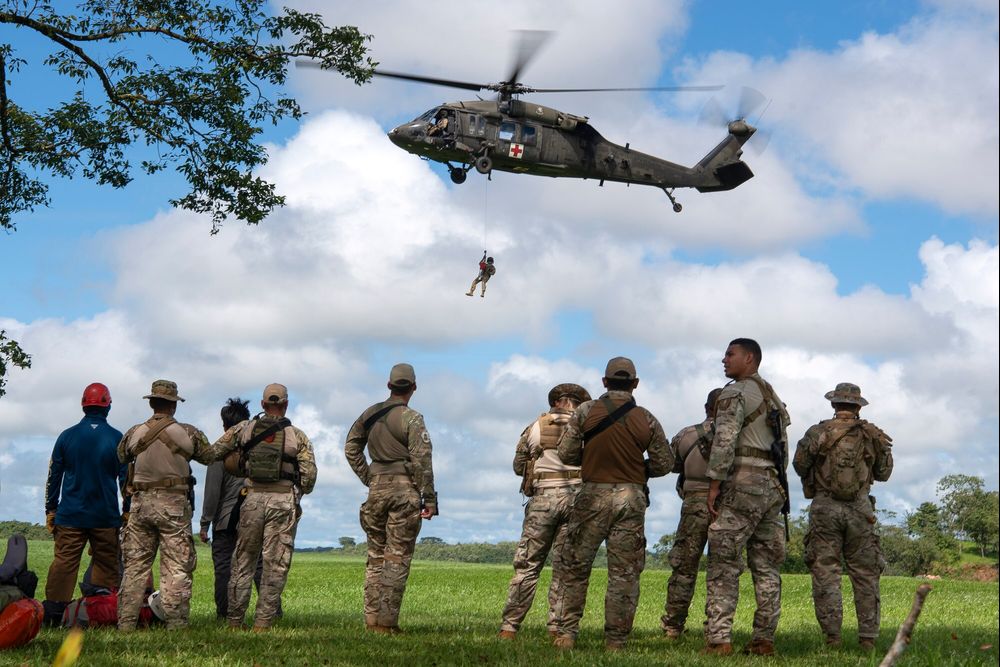
Panamanian Security Forces deploy a smoke grenade to mask their approach during PANAMAX-Alpha Phase II training at the Cerro Tigre range in Panama on August 6, 2025, practicing mounted patrol maneuvers, close-quarters engagements, and illicit drug interdiction tactics in collaboration with the U.S. Army. The Panama Canal remains one of the most strategically significant maritime corridors in the world, handling approximately six percent of global trade and serving as a vital transit point for both U.S. Navy warships and commercial shipping. Within the U.S. President Trump administration’s defense posture, the canal has been elevated to a top-tier U.S. national security priority, central to preserving freedom of navigation, enabling rapid military mobility, and safeguarding global commerce from disruption.
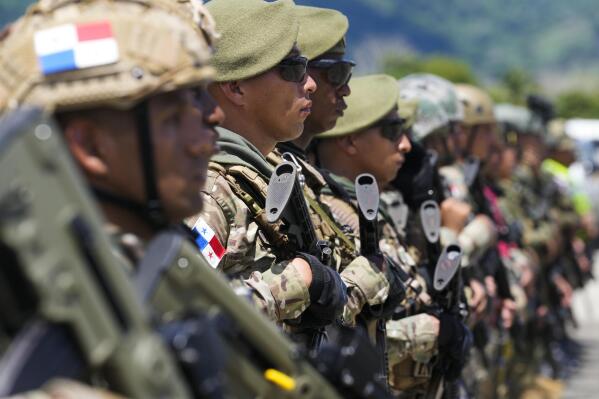
The U.S. President Donald Trump has been outspoken about the canal’s importance, declaring during his inauguration, “We gave it to Panama and we’re taking it back,” and later warning that China’s growing economic footprint in Panama represents a strategic threat to U.S. interests. He accused Beijing of “operating the Panama Canal” and pledged that the United States would “take it back” if necessary to protect its economic and security stakes. This rhetoric reflects deeper concerns in Washington over China’s influence in Latin America, particularly its investment in canal-adjacent port infrastructure and logistics hubs. The administration has argued that such influence could be leveraged to sway Panamanian decision-making, challenge canal neutrality, or even disrupt operations in a crisis.
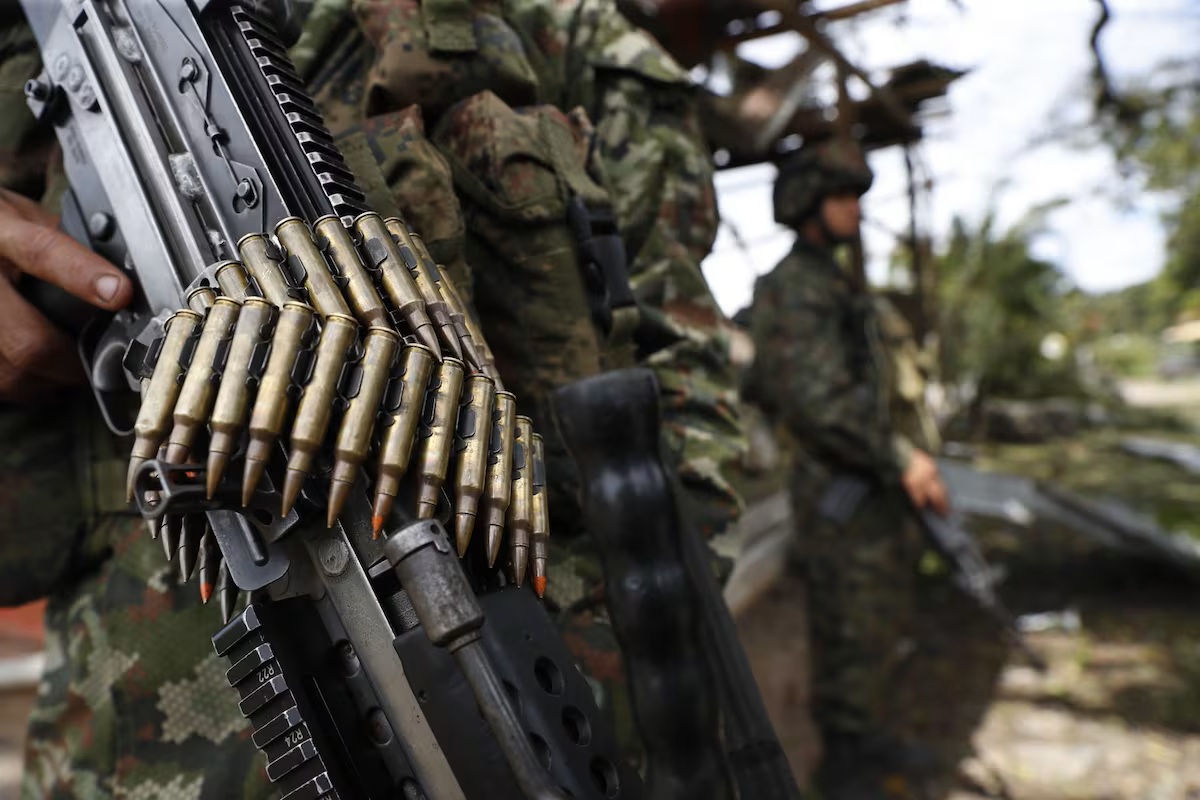
U.S. defense planners also see the canal as increasingly vulnerable to a spectrum of modern threats, including state-sponsored cyberattacks on control systems, illicit trafficking networks exploiting its transit routes, and hybrid tactics aimed at undermining its operational independence. U.S. Army Lt. Col. Innis E. Bryant, Chief of the Joint Exercises Branch for SOUTHCOM, praised the Panamanian Security Force’s performance during the drills, citing growing professionalism, strong institutional investment, and leadership ownership of operations. Phase II of PANAMAX-Alpha built on the achievements of earlier phases in 2025:

Phase 0 in late March and early April focused on humanitarian assistance in remote communities, delivering medical care, food supplies, and infrastructure support in areas like Guna Yala and Colón, while Phase I in mid-July strengthened tactical interoperability through air mobility, maritime security, and fast-rope insertion drills at strategic locations including Panama Pacifico and Cristóbal Colón. Specialized units played a decisive role in the final phase, including Naval Special Warfare Group ELEVEN, Navy Explosive Ordnance Disposal Mobile Unit TWO, U.S. Army 7th Special Forces Group, U.S. Coast Guard Maritime Security Response Team EAST, the Defense Threat Reduction Agency’s Global Threat Department, and WHINSEC.
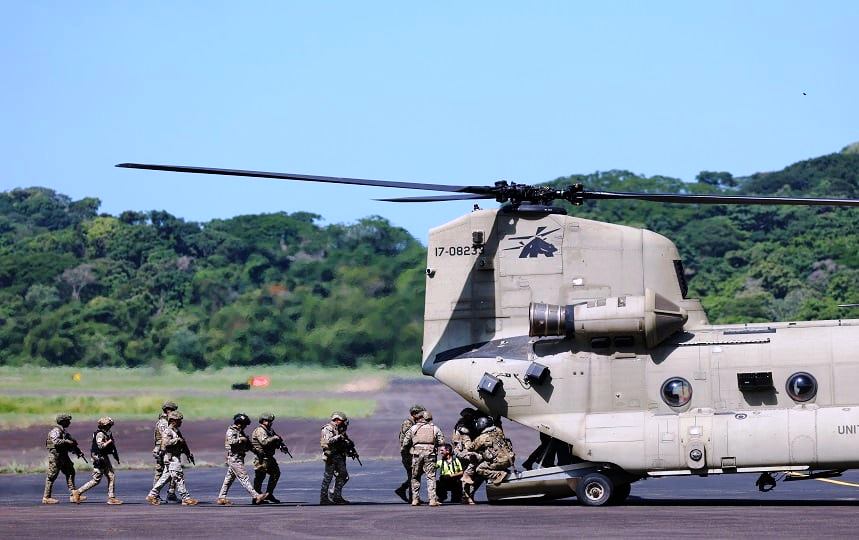
Their integration demonstrated the capacity to counter both conventional and hybrid threats, reinforcing readiness for high-end multi-domain contingencies. U.S. Navy Adm. Alvin Holsey, SOUTHCOM Commander, emphasized that defending the canal is a strategic necessity, underlining the need to deter illicit trafficking, cyber warfare capabilities, and political destabilization efforts in the region. Since its inception in 2007, PANAMAX-Alpha has served as the Panama-based bilateral component of the larger multinational PANAMAX series launched in 2003. It blends defense readiness, diplomatic engagement, and disaster preparedness, ensuring the canal remains a neutral, secure, and resilient artery of global trade. PANAMAX-Alpha 2025 showcased operational unity, trust, and shared values between the U.S. and Panama, reinforcing an enduring security alliance at a time when maintaining free and open access to critical maritime chokepoints has become a central pillar of the Trump administration’s national defense policy.


